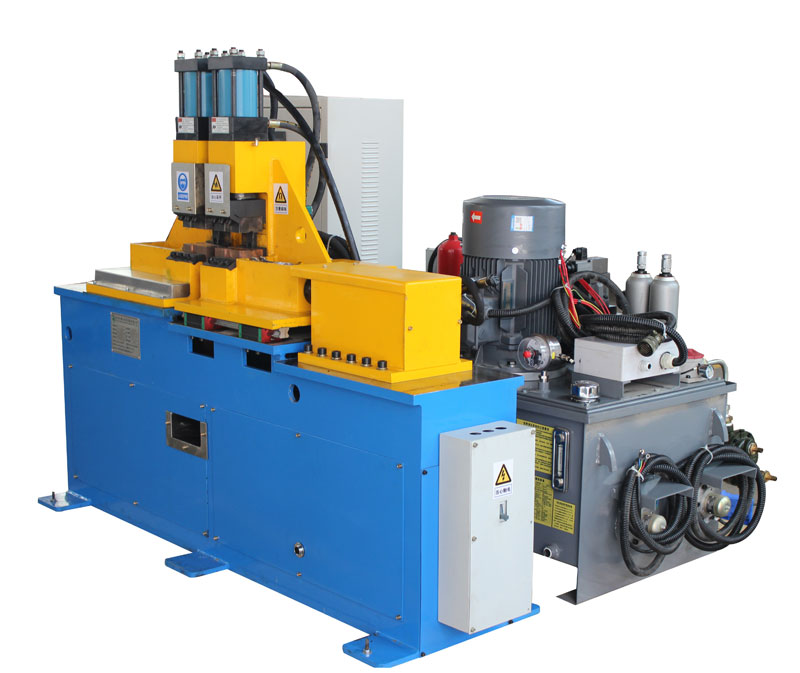Principle and Process of Butt Welding Machines
The principle and process of butt welding machines are essential to understand for welders and professionals in the welding industry. Butt welding machines follow a specific workflow to join metals efficiently and reliably. This article explores the principle and process of butt welding machines, highlighting their significance in achieving strong and durable welds.
Principle of Butt Welding Machines:
Butt welding machines utilize the principle of resistance welding to join metal workpieces. The process involves applying pressure and electrical current to the joint interface, generating heat at the contact point between the workpieces. The heat melts the base metals, forming a molten weld pool. As the welding electrode is gradually withdrawn, the molten weld pool solidifies, fusing the workpieces together.
Process of Butt Welding Machines:
- Preparation: The welding process begins with the preparation stage. Welders clean the surfaces of the workpieces thoroughly to remove any contaminants and ensure proper fusion during welding. Fit-up and alignment of the workpieces are also checked to achieve a uniform weld joint.
- Clamping: The workpieces are securely clamped in the welding machine, aligning the joint for precise welding. The adjustable clamping mechanism allows for proper positioning and holding of the workpieces in place.
- Welding Parameter Setup: Welding parameters, including welding current, voltage, and electrode withdrawal speed, are set based on the material type, thickness, and joint design. Proper parameter setup ensures optimal heat distribution and consistent weld bead formation.
- Welding: The welding process commences with the initiation of the welding current. The electric current flows through the welding electrode and generates the necessary heat at the joint interface, melting the base metals. As the electrode is withdrawn, the molten weld pool cools and solidifies, forming a strong and continuous weld joint.
- Cooling and Solidification: After completing the welding process, the welded joint cools and solidifies, transitioning from a molten state to a solid state. Controlled cooling is essential to prevent rapid cooling, which may lead to cracking or distortion.
- Inspection: Post-weld inspection is conducted to assess the quality of the weld. Visual inspection, dimensional measurements, and non-destructive testing may be employed to verify the weld’s integrity and adherence to welding specifications.
In conclusion, butt welding machines operate on the principle of resistance welding, where heat is generated by the application of pressure and electrical current. The welding process follows a structured workflow, involving preparation, clamping, welding parameter setup, welding, cooling and solidification, and post-weld inspection. Understanding the principle and process of butt welding machines empowers welders and professionals to achieve reliable and durable welds. By emphasizing the significance of proper preparation and parameter setup, the welding industry can continually improve welding technology and meet diverse industrial demands.
